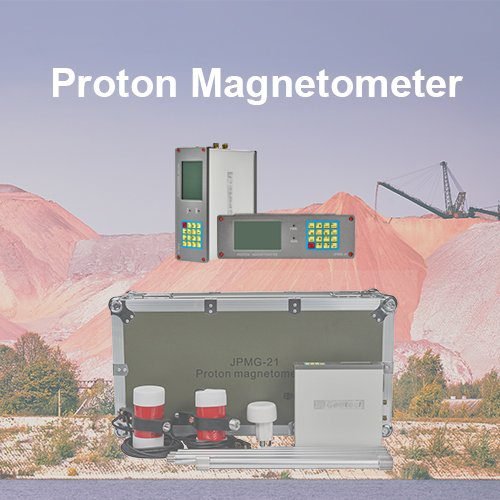Welcome to Geotech!

IP Survey Systems: Revolutionizing Geophysical Exploration and Environmental Monitoring
I. Introduction
Induced Polarization (IP) survey systems have emerged as a transformative technology in geophysical exploration and environmental monitoring. By measuring the electrical chargeability of subsurface materials, IP systems provide valuable insights into geological structures and subsurface conditions. This article explores the principles, applications, and advantages of IP survey systems, offering a comprehensive guide for professionals and decision-makers.
II. Key Methods of IP Survey Systems
(1) Time-Domain Induced Polarization
In time-domain IP surveys, the voltage response is observed as a function of time after the injected current is switched off or on. This method is particularly effective for identifying subsurface materials with capacitive properties, such as clay and conductive minerals.
(2) Frequency-Domain Induced Polarization
In frequency-domain IP surveys, an alternating current is injected into the ground with variable frequencies. Voltage phase-shifts are measured to evaluate the impedance spectrum at different injection frequencies, commonly referred to as spectral IP. This method provides additional information about the spatial variation in lithology and grain-surface chemistry.
III. Applications of IP Survey Systems
IP survey systems find applications across a diverse range of industries:
- Mineral Exploration: Identifying ore bodies and assessing their electrical properties.
- Environmental Investigations: Monitoring groundwater contamination and mapping hydrological contacts.
- Geotechnical Engineering: Evaluating subsurface conditions for infrastructure projects.
- Hydrogeophysics: Assessing aquifer properties and contaminant transport pathways.
IV. Comparison with Other Geophysical Methods
(1) Comparison with Electrical Resistivity Tomography (ERT)
- Advantages: IP surveys provide additional information about the capacitive properties of subsurface materials, enhancing the understanding of geological structures.
- Limitations: IP systems may require more complex data processing than ERT.
- Best Application Scenarios: IP surveys are ideal for applications requiring detailed information about lithology and subsurface chemistry, such as mineral exploration and environmental monitoring.
(2) Comparison with Ground Penetrating Radar (GPR)
- Advantages: IP surveys can penetrate deeper into the subsurface and provide information about electrical chargeability.
- Limitations: GPR offers higher resolution for shallow geological features.
- Best Application Scenarios: IP surveys are suitable for deep geological surveys and mineral exploration, while GPR is ideal for shallow applications like detecting underground utilities.
V. Advantages and Limitations of IP Survey Systems
(1) Advantages
- High Resolution: Provides detailed images of subsurface structures and materials.
- Versatility: Suitable for a wide range of applications, from mineral exploration to environmental monitoring.
- Non-Invasive: Many methods are non-destructive, making them environmentally friendly.
- Data Integration: Capable of integrating data from multiple sensors for enhanced analysis.
(2) Limitations
- Cost: High-precision IP systems can be expensive.
- Complexity: Requires specialized knowledge and experience for proper operation and result interpretation.
- Environmental Sensitivity: Measurements can be affected by temperature and humidity, necessitating controlled conditions for optimal accuracy.
VI. Case Studies
(1) Case Study 1: Mineral Exploration in Mining
A mining company used the DIAS32 IP survey system to map subsurface geological structures. By applying advanced imaging techniques, they successfully identified potential mineral deposits and optimized their exploration efforts, reducing drilling costs.
(2) Case Study 2: Environmental Monitoring in Contaminated Groundwater
An environmental agency used IP surveys to monitor groundwater contamination. The surveys provided high-resolution images of subsurface structures, helping to identify contamination pathways and improve remediation efforts.
VII. Future Outlook
The future of IP survey systems looks promising with advancements in sensor technology, data analysis, and environmental monitoring. Integration with IoT and AI will enhance real-time monitoring capabilities, while improved portability and ease of use will expand their application scope.
VIII. Conclusion
IP survey systems are indispensable tools for ensuring the quality and safety of geological surveys and environmental monitoring. Their precision and versatility make them valuable assets in industries ranging from mining to environmental science. By choosing our IP survey system, you invest in a technology that delivers accuracy and reliability, supporting your operational excellence and sustainability goals.
-1.png)



